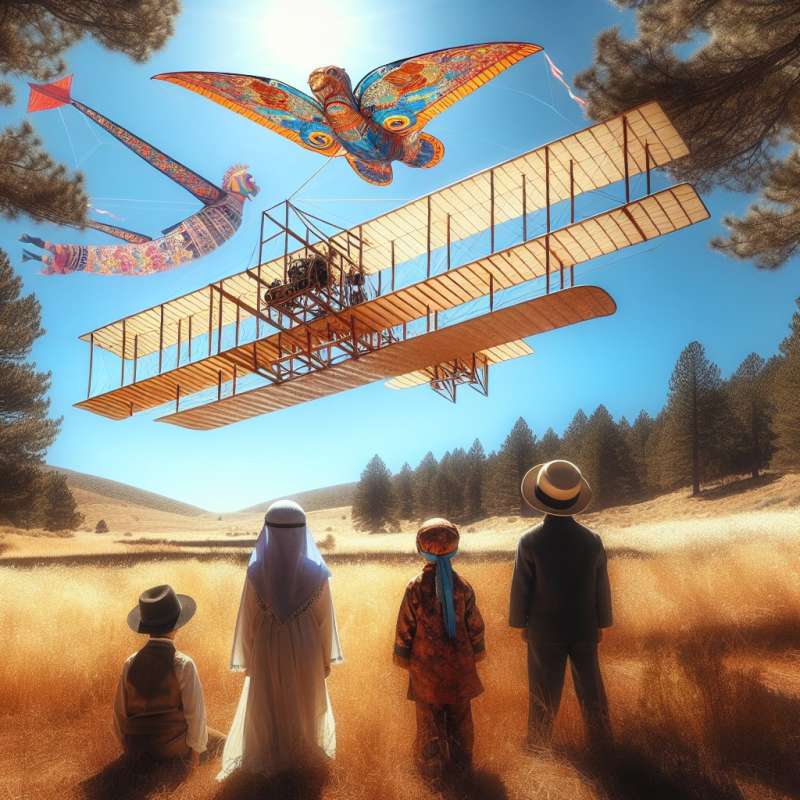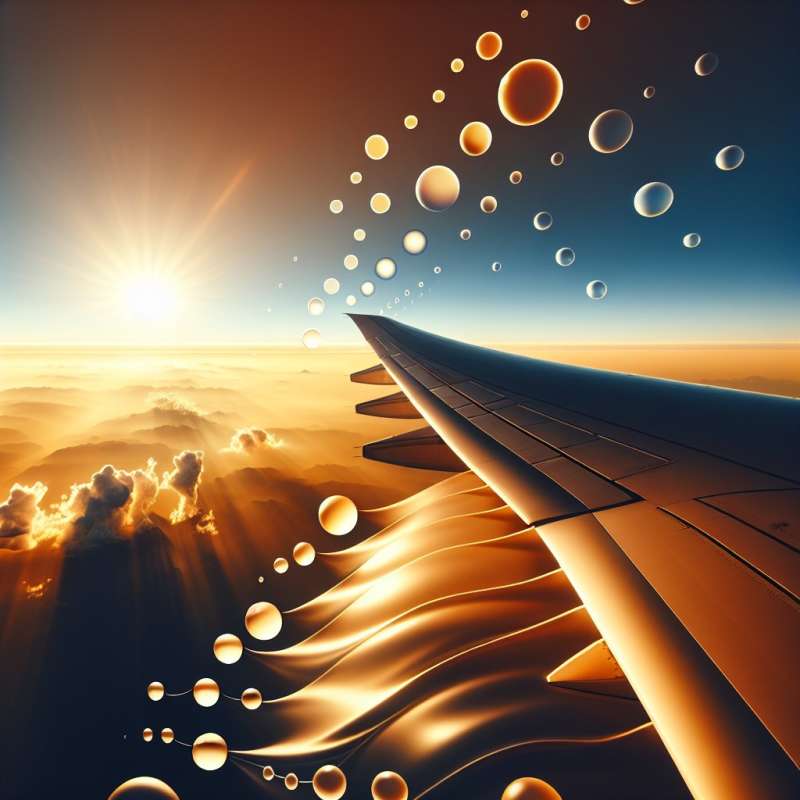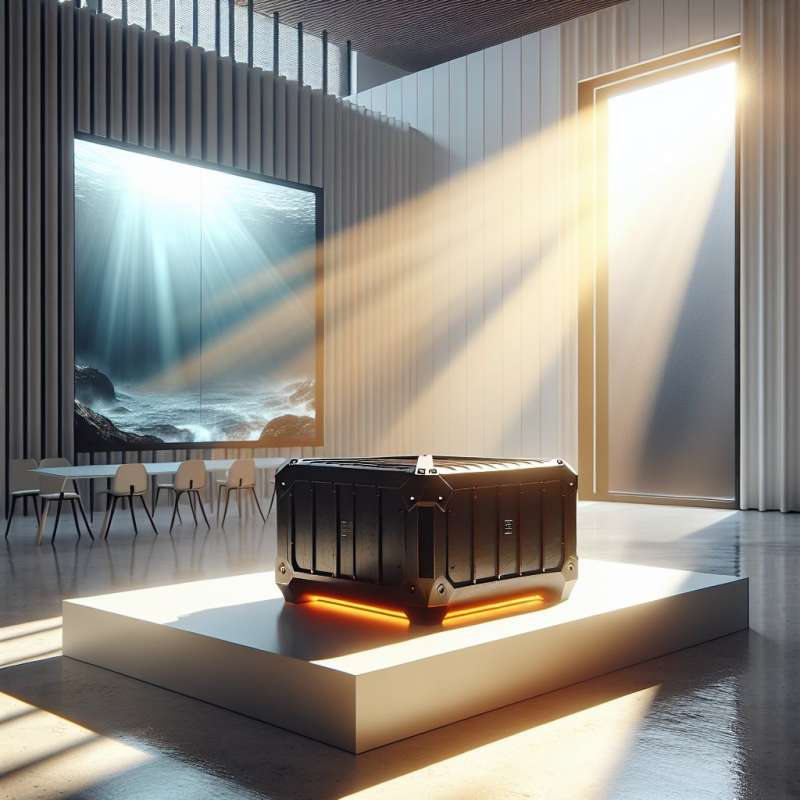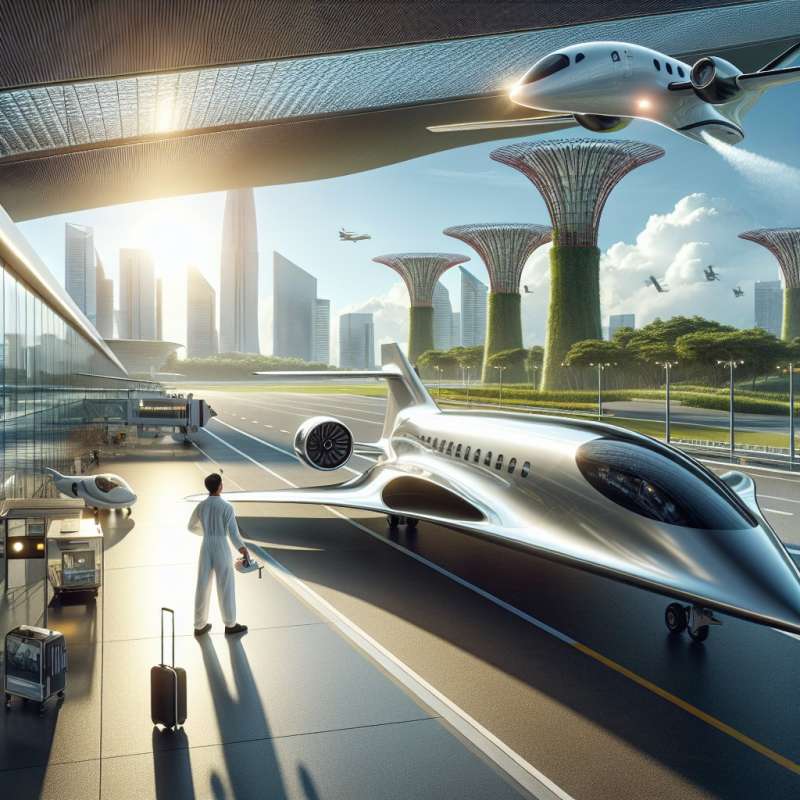
History of Airplane Invention
The Wright brothers achieved the first powered flight in 1903. However, did you know that ancient Chinese inventors created kite-like devices as early as 400 BC? These early innovations laid the groundwork for modern aviation.
Aerodynamics of Flight
Airplanes stay aloft due to four forces: lift, thrust, drag, and weight. Surprisingly, the wing shape creates low pressure above and high pressure below, generating lift. Even small adjustments in wing design significantly impact fuel efficiency.
Hidden Tech: Black Boxes
Black boxes, actually orange, record flight data and cockpit conversations. They withstand extreme conditions. Interestingly, they emit underwater locator beacons for up to 30 days, crucial for locating wreckage in oceans.
Environmental Impact of Aviation
Aviation contributes about 2-3% of global CO2 emissions. Innovations like biofuels and electric planes are emerging. Did you know that contrails, the white streaks planes leave, can also affect climate by trapping heat?
Future of Air Travel
Supersonic jets, like Boom's Overture, aim to cut flight times in half by 2030. NASA's X-57 Maxwell is pioneering electric flight. Urban air mobility, with flying taxis, promises to revolutionize city transport within decades.World's First Female Pilots
In 1910, Raymonde de Laroche became the world's first licensed female pilot, breaking gender barriers in aviation just seven years after the Wright brothers' first flight.
Who first achieved powered flight?
Ancient Chinese inventors
Wright brothers
NASA engineers
Company